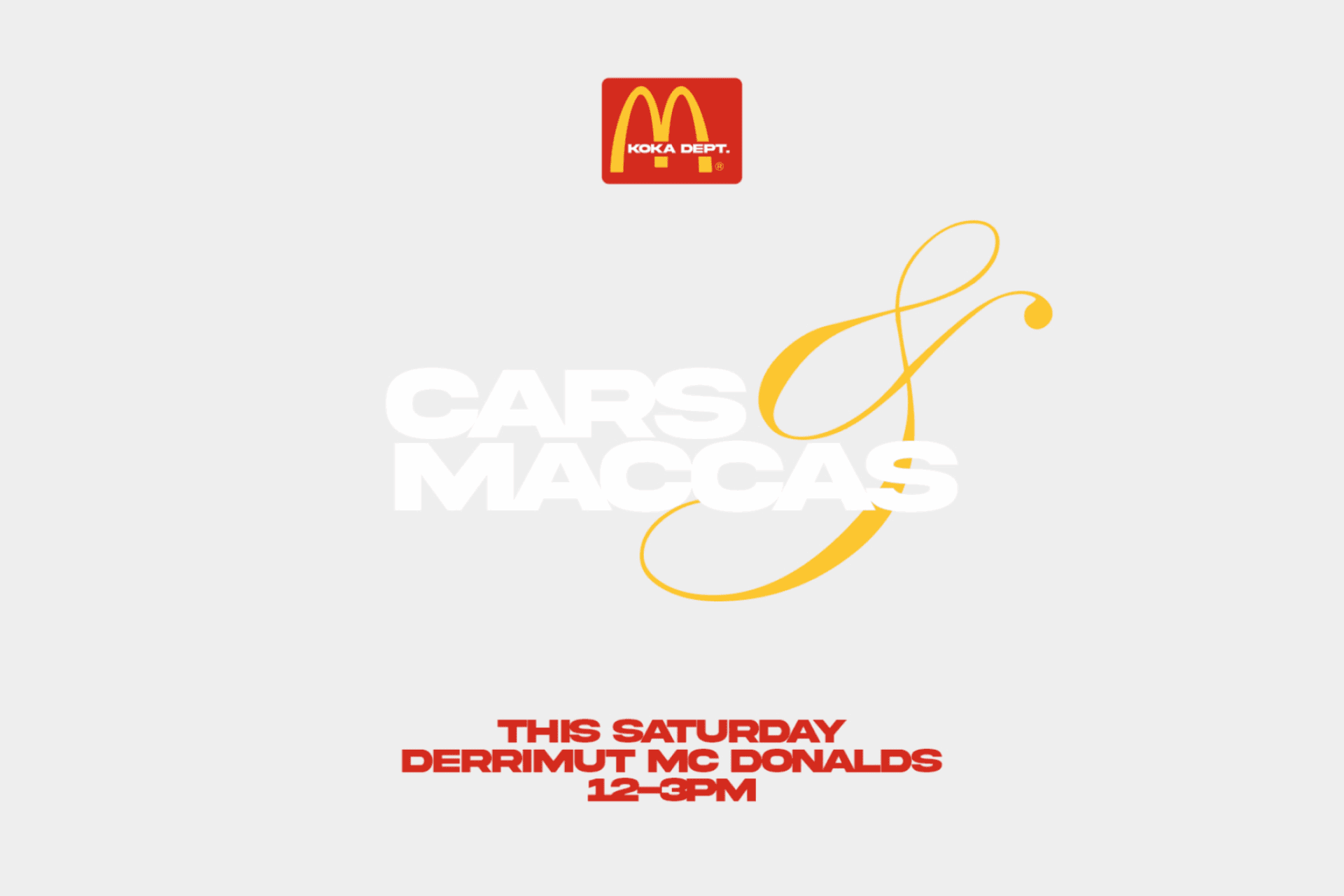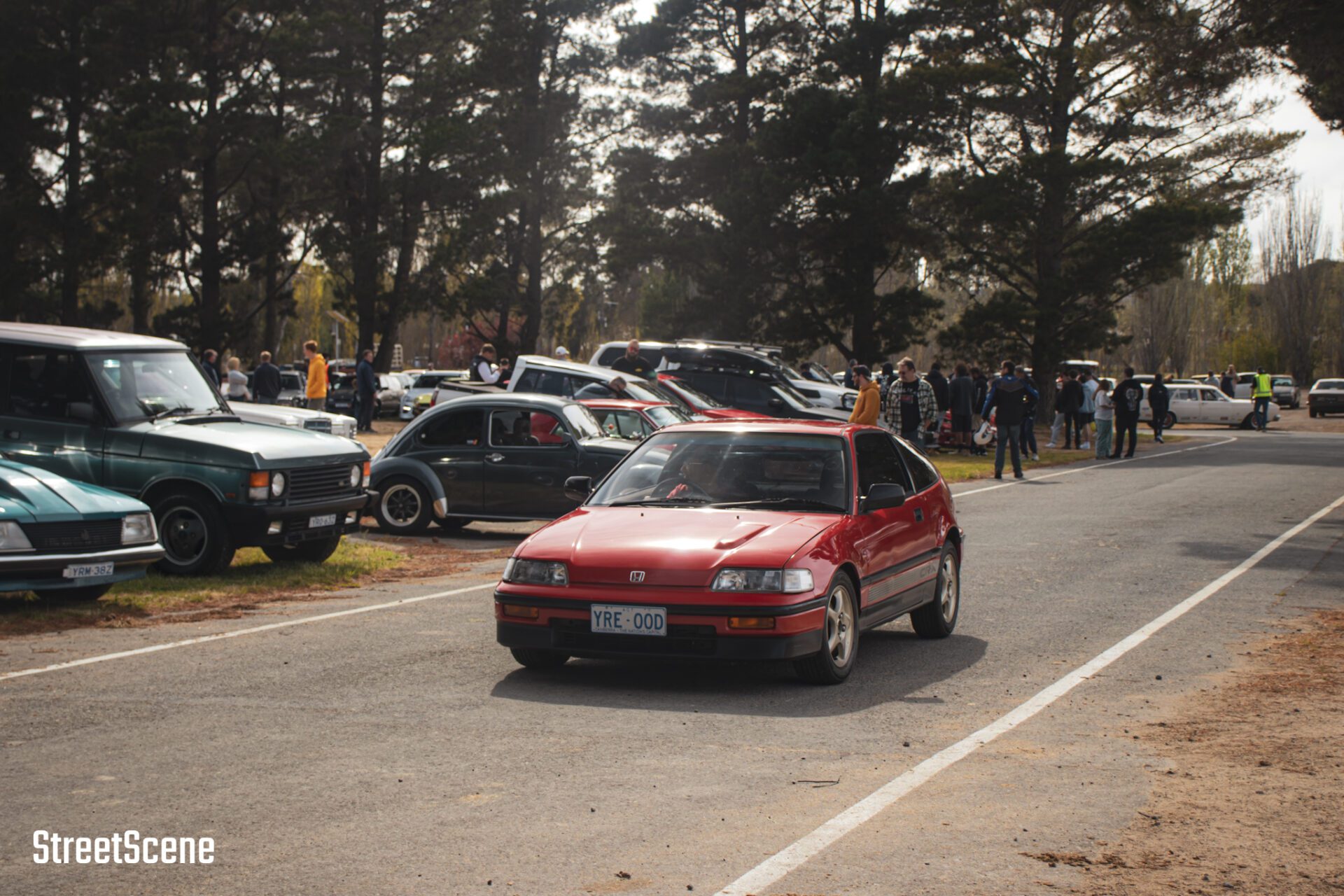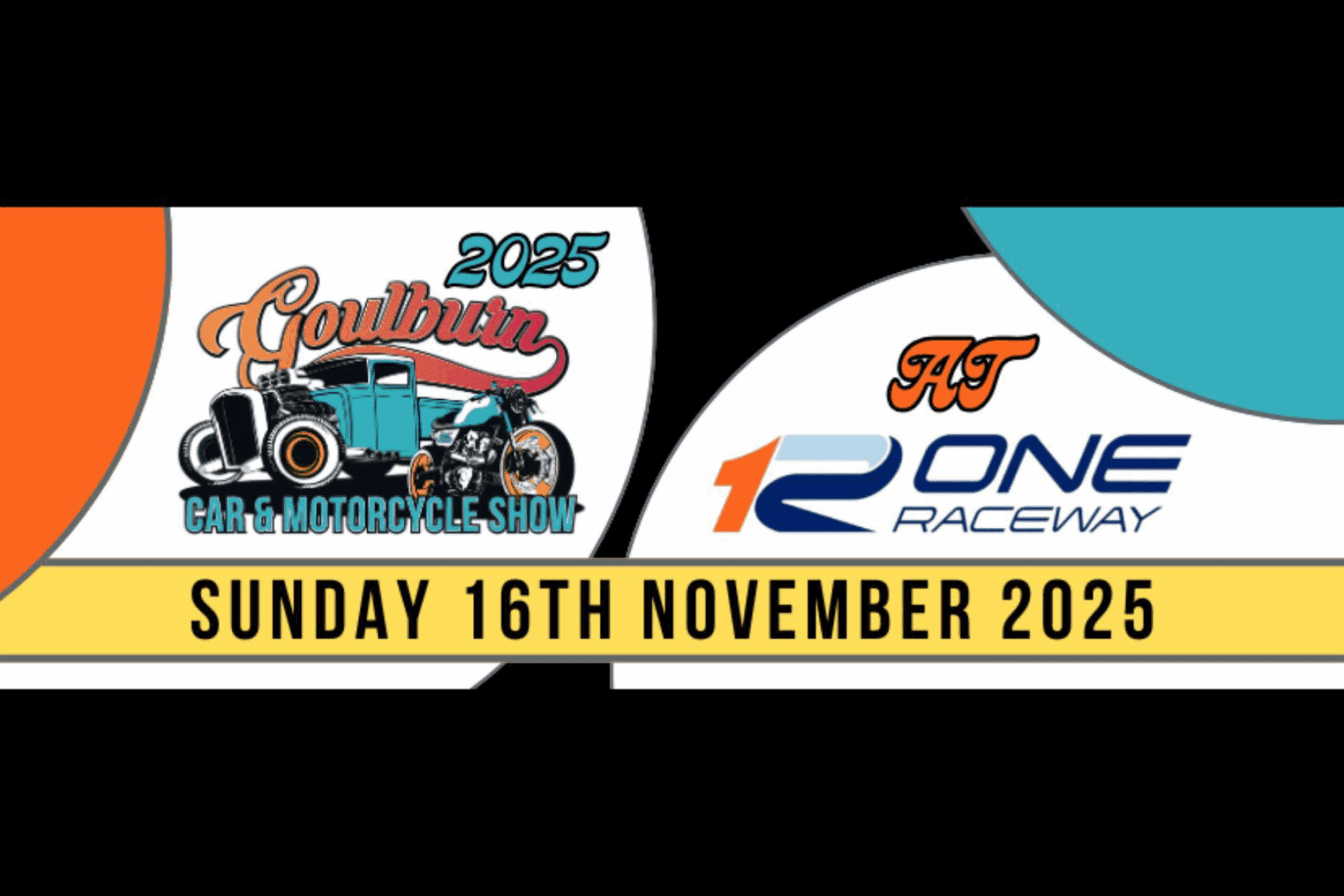MazdACT and JapINC proudly present A Christmas Weekend (The December Monthly)
To close out a massive 2025 and a year of big vehicle action in the national capital, two great JDM groups combine to present a first ever two-day motoring event blockbuster!


